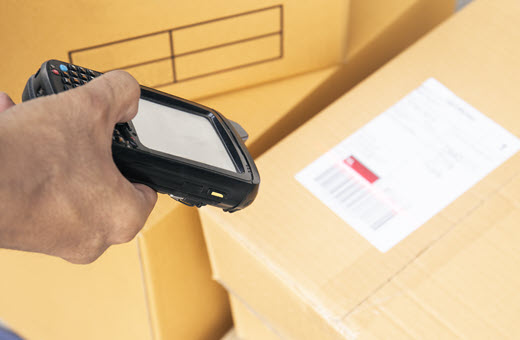Transparent supply chains with GS1 Standards
The management of goods, traceability and transparency are important concerns of the modern food industry. These cannot be managed without standards and uniform processes.
In 1974, a pack of chewing gum made by Wrigley was scanned for the first time. The Universal Product Code (UPC) significantly simplified the checkout process at supermarket checkouts. In 1976, the European retail trade followed suit and introduced the EAN code (European Article Number). Today, organisations around the world operate under the term Global Standards One (GS1). The barcode (EAN-13) saves time and money and provides control.
In logistics, the GS1 identification system enables the analysis of all movements of goods, supports the optimisation of warehousing and real-time inventory and simplifies purchase order processes. GS1 barcodes are used to identify retail and transport units. With the help of so-called application identifiers, a batch number and a best-before date, for example, can be encoded in addition to the unique identification number.
In electronic data exchange, GS1 keys are used as globally unique references. In GS1 eCom messages, business partners are uniquely identified with the Global Location Number (GLN) and products with the Global Trade Identification Number (GTIN). The most widely used in the food industry are the GS1 EANCOM messages.
But the supply chain goes further than just to the checkout. The GS1 system also meets the increased needs of modern consumers for more transparency, e.g. origin and composition of food. And after the use/consumption of the products, GS1 standards, processes and projects support the circular economy with data and in network building, so that a maximum of resources can be reused efficiently.


























